Receive the Historical Messenger in your inbox once every two weeks by signing up for our mailing list!
|
This issue: Contents
Tuesday, November 1st, 2016
Editor’s NoteWell folks, this is my goodbye. After nearly five years as the Warden’s House Site Manager and Editor of the e-newsletter, I sadly have to report that I no longer will be working at the Washington County Historical Society. It’s been an amazing few years and I’m going to miss so much about this job…Including pestering you lovely peoples’ inboxes once-every-other-week. So, before I wrap up one-final time, I want to express the deepest and most heartfelt appreciation to each and every one of you’ve made writing this newsletter fun. Thank you for playing along with the “What Is This Thing?!”, thank you for writing emails when enjoyed the featured Article or the Old News, thank you everyone who visited the museums this year, and most importantly, thank you for putting up with my horribly lame attempts at being funny. Thank you all so much. I hope you’ll continue to diligently support WCHS and it’s on-going mission to preserve our local history. The best way to support WCHS is to become a member if you aren’t already one. You can also head down to our News Story to learn all the details of Give to the Max! Day which falls on November 17th this year. Be sure to check out today’s “What Was That Thing?!” so you can at least find out the identity of last issue’s mystery artifact. If you’re sick of all this lovey-dovey appreciativeness and well-wishes, and would rather read a fairly aggressive editorial piece, look no further than today’s Old News section. And finally – on the topic of newspapermen getting out of the game – my final Featured Article will share the story of Victor Seward, who ‘retired’ from his position at the Stillwater Messenger only after being murdered by a former employee. Thankfully my departure will be significantly less dramatic. Remember, you can always check out the Historical Messenger’s online archives to see all the past e-newsletters in case you find yourself missing my always charming wit. Whew – well, I think it’s time to close up this note before I start to ramble. For one last time, Sean Pallas Historical Messenger editor and Warden’s House Site Manager WCHS NewsGive to the Max! November 17th
Even a simple $10 puts our name in the hat! Here’s what you can do to help: Schedule Your Donation Early! Beginning November 1st, you can actually log-on to our donation page and schedule your donation to be processed on Give to the Max Day. One random early donation from November 1st – 16th will be given a $10,000 boost! Spread the Word! Share our Donation Page on your social media pages and email it to your friends! Donate! The easiest way to make a difference for WCHS is simply by making a gift! GiveMN keeps it easy by accepting all major cards through their secure online payment system. You don’t even have to register any kind of account! Their website is designed with both PC/Mac and mobile platforms in mind. Thank you all for your continued support of the Washington County Historical Society! What is This Thing?!
What Was That Thing?! (Round 47) Well, there won’t be any new challenge today (since I won’t be around in two weeks to tell you all the answer). But, just to clear up the mystery of last issue…it’s actually an old hand-operated vacuum cleaner! And, I’ve gotta tell you, one of my favorite pieces in the whole collection. Specifically, this is a Model-C Feeny Vacuum from about 1910. As you can see in this photo, you’d literally grab the handle and pump it up-and-down to create the (fairly limited) suction…all in all, probably just easier to drag the rugs outside and beat them. I’ve absolutely loved the sometimes off-the-wall guesses a few of you brave folks dared to offer. And other times I was absolutely blown away by how quickly you’d manage to perfectly identitfy artifacts that I thought would be a challenge! Either way, it was a great opportunity to interact with this humble e-newsletter’s readership. Thank you for playing for the last 94 weeks! Old NewsWarning from the EditorsLet me just say, I’m very glad that I’ve never had to threaten any of the readers of this e-newsletter. Stillwater Messenger – November 1, 1884 There are a number of our delinquent subscribers from whom we have received nothing but promises for too many years, who will soon be served with a summons and complaints in a civil action unless they prevent a resort to harsh measures by promptly coming forward and settling with cash or note. We dislike exceedingly to employ the courts to collect any of our accounts, as they are expensive collectors. But we can’t carry them on our books any longer, and give this fair warning to all concerned that we don’t intend to. In most cases the court expenses will be larger than our claims, and we would recommend all to save costs by settling at once. Featured ArticleA ‘Goodbye” TO an Editorby Brent Peterson
Victor Seward was the editor and owner of one of Stillwater’s most successful weekly newspapers. He was a tough editor and he spoke his mind. His colorful and sometimes controversial career came to an abrupt end by an assassin’s bullet. Seward was born in Laketon, Indiana on July 10, 1845. When he was ten years old, he moved with his family to Mankato, Minnesota. He graduated from the Western Reserve College in Hudson. He returned to St. Paul, Minnesota in 1868 and worked with the St. Paul Dispatch newspaper. At the age of 19, he entered the Union Army in company D, 198th Ohio Regiment, and was mustered out on May 8, 1865. In 1869, Seward started the Redwood Falls Mail newspaper, which he abandoned in 1873. After that, he joined with his brother-in-law, S.S. Taylor, and purchased the Stillwater Messenger. Victor Seward became the sole owner of the paper upon Taylors death in the 1880’s. He married Elizabeth Putnam in 1871 and together had one child, Mable. The Seward home was on Fifth Street of Stillwater, across from St. Mary’s Church. On Tuesday, October 11, 1892, Victor Seward was assassinated by a former employee of the Messenger, George Peters. Peters was hired to be a reporter, but the young Peters could not perform the job. Seward was patient with the young reporter, but then suggested to him that he find another vocation. With that, Peters swore vengeance on Seward for firing him. Nobody took the threat for real, and at about five in the afternoon that October day, Peters returned to Seward’s office, however, he found that Seward was not in. Peters then went into town, and it wasn’t long until he found Seward walking along Main Street. Peters calmly came up to Seward, shooting the editor three times. Seward staggered into the doorway of Drechsler’s Music store. Peters then calmly walked away.
George Peters was arrested and charged with first degree murder. He was found not guilty because of insanity and was sent to the hospital for the insane in Rochester, Minnesota. After Victor Seward’s funeral, the ownership of the Stillwater Messenger was transferred to his wife Elizabeth. She operated the newspaper as editor for nearly a decade until her health started to fail. She was one of only a handful of women in Minnesota to edit a major newspaper in the 19th Century. The Sewards are still remembered in this area. At the Warden’s Home Museum in Stillwater, there are two beautiful pastel drawings (photographed above) of the couple that are on display. Even though other editors and other newspapers have come and gone in Stillwater, the Messenger and the Seward family will always have their own historical nitch in St. Croix Valley History. |
Events
More information: WCHS Events >>> Preserve the Past, Share in the Future!Become a member of the Washington County Historical Society! Membership is one way that you can help support the Washington County Historical Society. Your membership helps us collect, preserve, and disseminate the history of Washington County for county residents and visitors in the belief that a historical perspective enhances our understanding of community and sense of place. Benefits of membership:
The Washington County Historical Society has depended on membership ever since it was formed in 1934. Please show your support for the organization by becoming a member today. More: WCHS Membership >>> Mission StatementWashington County Historical Society collects, preserves, and disseminates the history of the county and state of Minnesota.
|
|||||

 On Thursday, November 17th, your gift goes farther on Give to the Max Day! Organizations that raise the most money in their size brackets are granted additional cash bonuses and an extra $1,000 is added to one random donation per hour. Another boost of $10,000 will be awarded to a single donation on the 17th.
On Thursday, November 17th, your gift goes farther on Give to the Max Day! Organizations that raise the most money in their size brackets are granted additional cash bonuses and an extra $1,000 is added to one random donation per hour. Another boost of $10,000 will be awarded to a single donation on the 17th.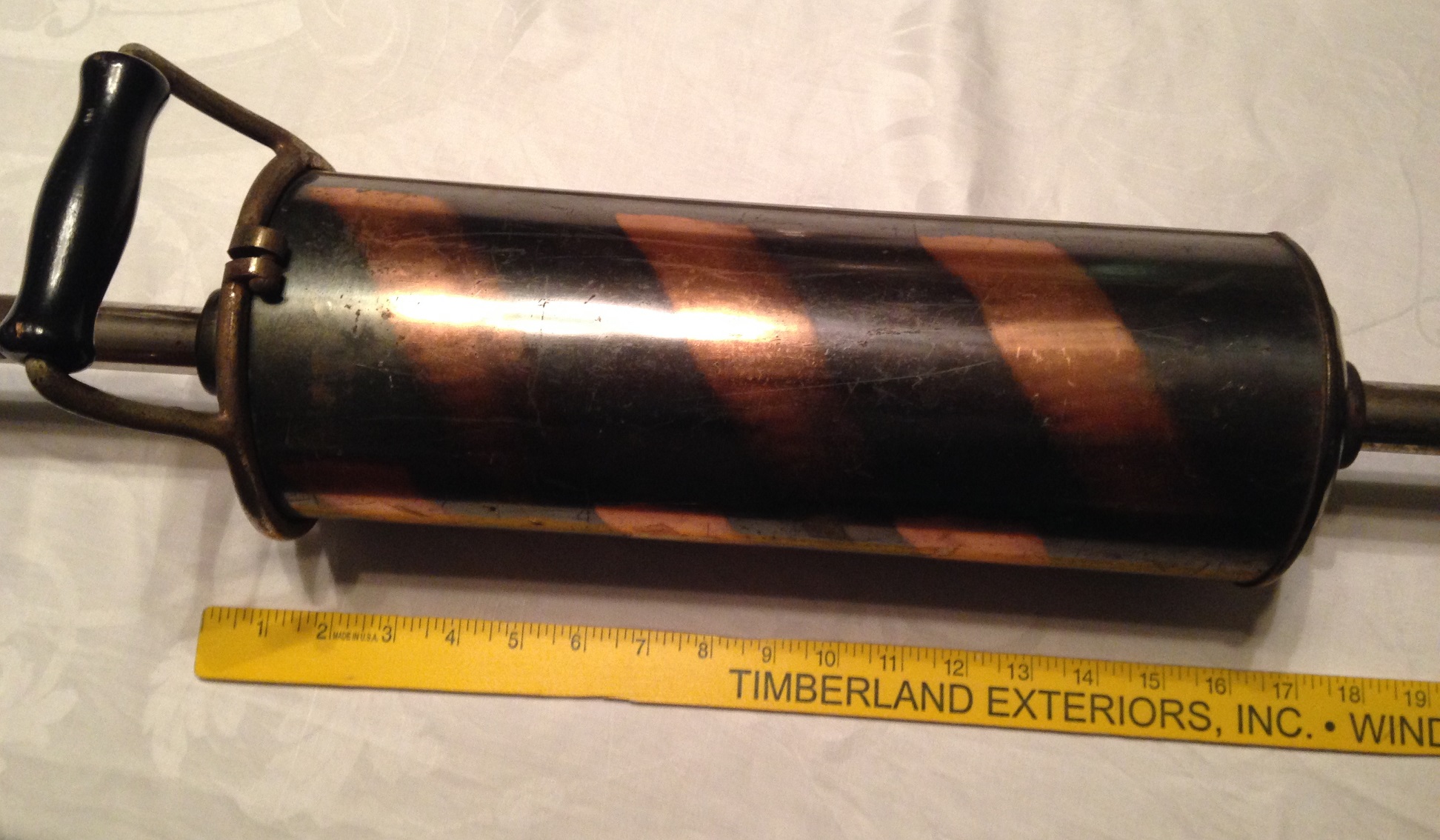
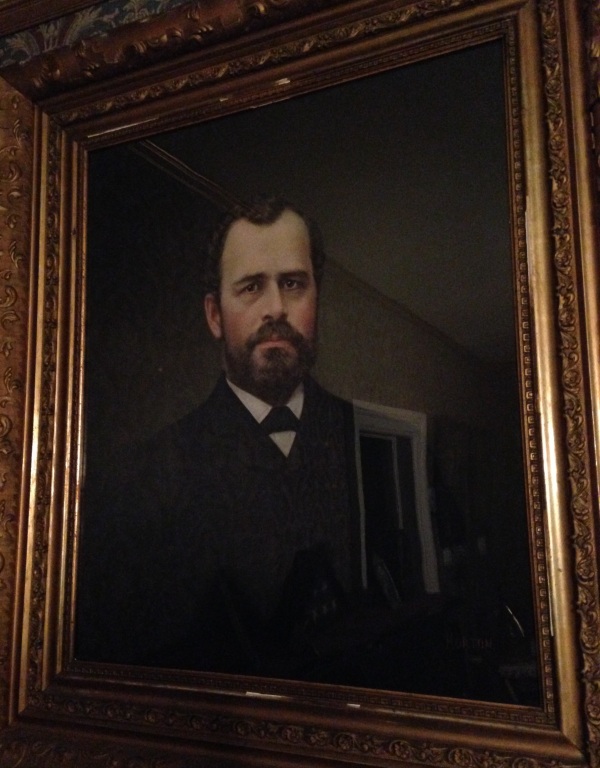 Stillwater is a quiet community. Not much noise except when the bridge is open and the big trucks travel through downtown. There is not much crime and the citizens are kept safe by the ever watchful eye of the Stillwater Police Force. In the days of the lumber era, Stillwater had more than its share of gunfire and bad behavior. Even then, a murder on Main Street was headline news.
Stillwater is a quiet community. Not much noise except when the bridge is open and the big trucks travel through downtown. There is not much crime and the citizens are kept safe by the ever watchful eye of the Stillwater Police Force. In the days of the lumber era, Stillwater had more than its share of gunfire and bad behavior. Even then, a murder on Main Street was headline news.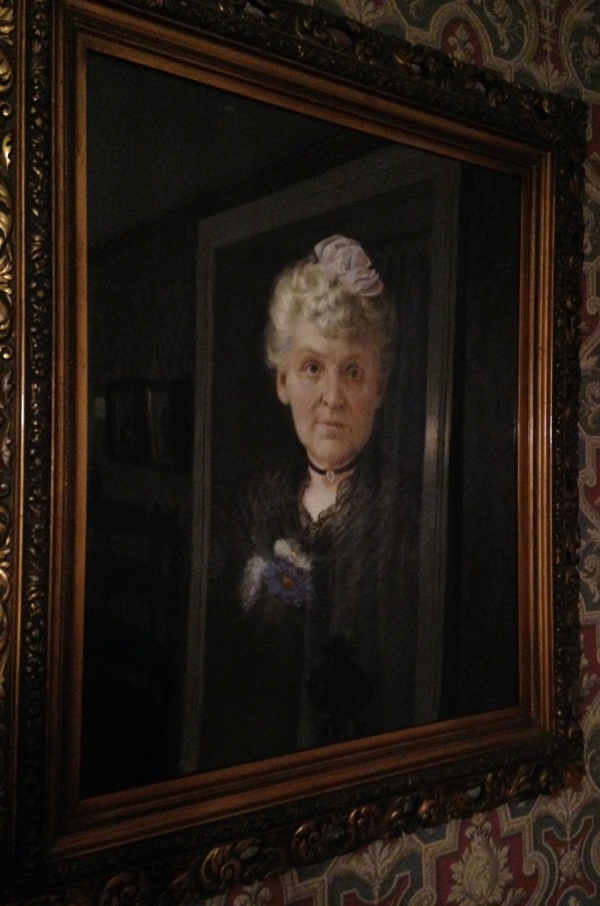 Dr. W.H. Caine, whose office was nearby, heard the shooting and rushed to the street, pushing his way into the music store. He was later joined by Dr. T.C. Clark and Dr. E. O’B. Freligh. At first the wounded Seward was to be taken to the city hospital, but Mrs. Seward arrived and had her husband transferred to their home. Local doctors remained at the Seward residence through the night, but nothing could be done to save his life. Victor Seward died the following morning.
Dr. W.H. Caine, whose office was nearby, heard the shooting and rushed to the street, pushing his way into the music store. He was later joined by Dr. T.C. Clark and Dr. E. O’B. Freligh. At first the wounded Seward was to be taken to the city hospital, but Mrs. Seward arrived and had her husband transferred to their home. Local doctors remained at the Seward residence through the night, but nothing could be done to save his life. Victor Seward died the following morning.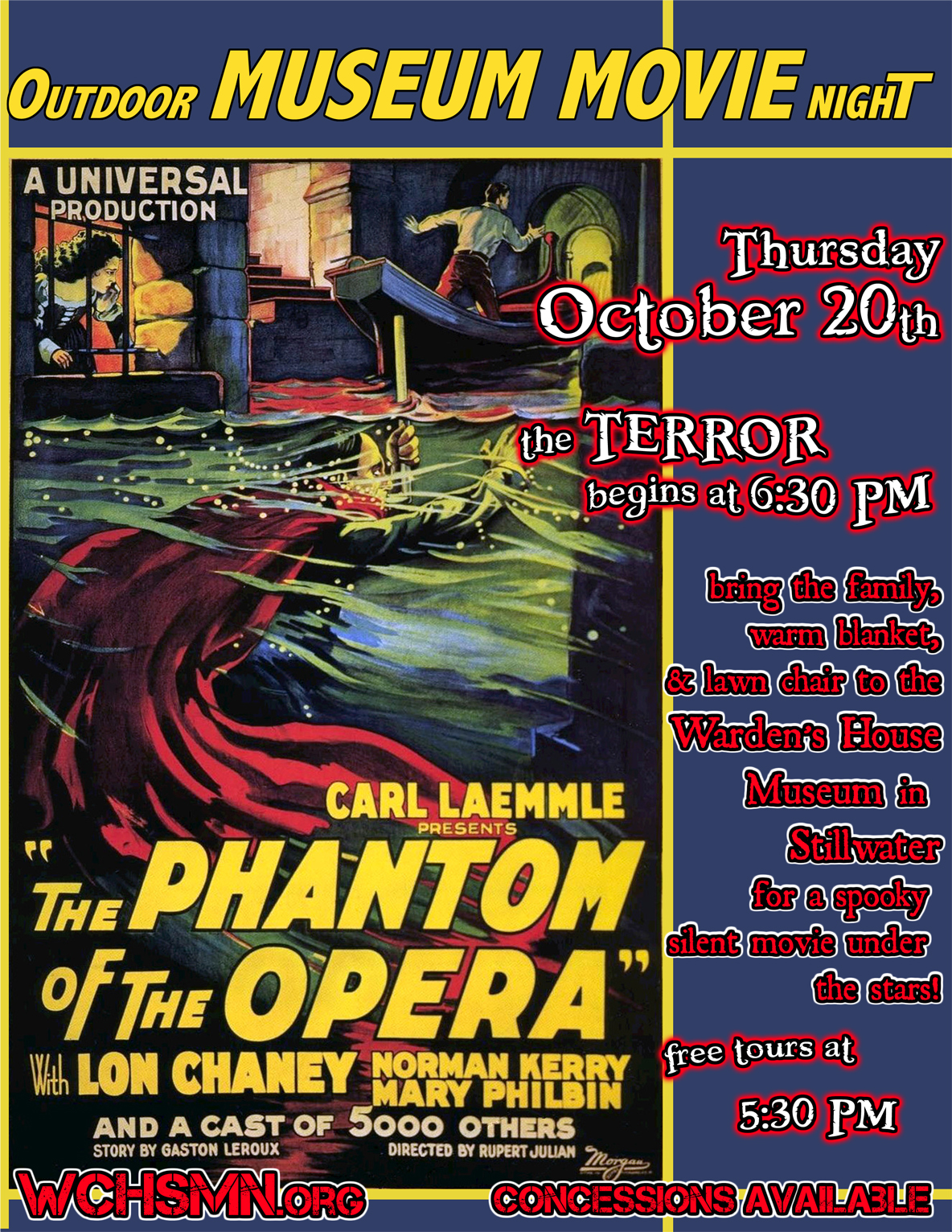

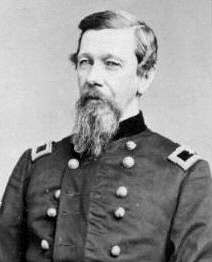 In 1864, General Alfred Sully (pictured right) was given command of cavalry units and an artillery battery on a march through North Dakota to wreak havoc on the Dakota men, women and children who had taken refuge in the Badlands.
In 1864, General Alfred Sully (pictured right) was given command of cavalry units and an artillery battery on a march through North Dakota to wreak havoc on the Dakota men, women and children who had taken refuge in the Badlands.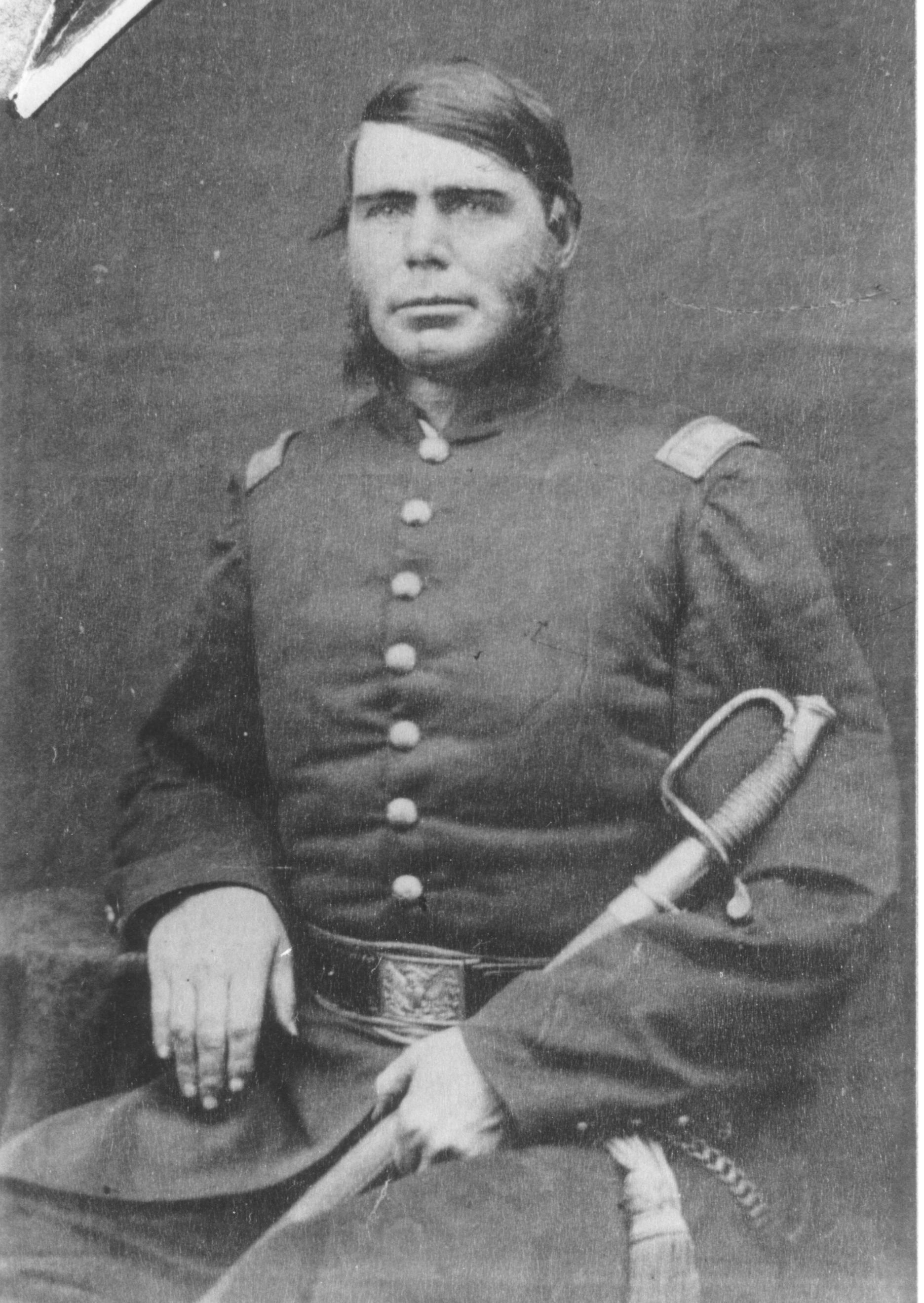 Although the event took place in a little Pennsylvanian town, more than a century and a half ago, Minnesotans still revere the memory of that gallant band of volunteers and the man who led the First Minnesota at the Battle of Gettysburg, Col. William Colvill.
Although the event took place in a little Pennsylvanian town, more than a century and a half ago, Minnesotans still revere the memory of that gallant band of volunteers and the man who led the First Minnesota at the Battle of Gettysburg, Col. William Colvill.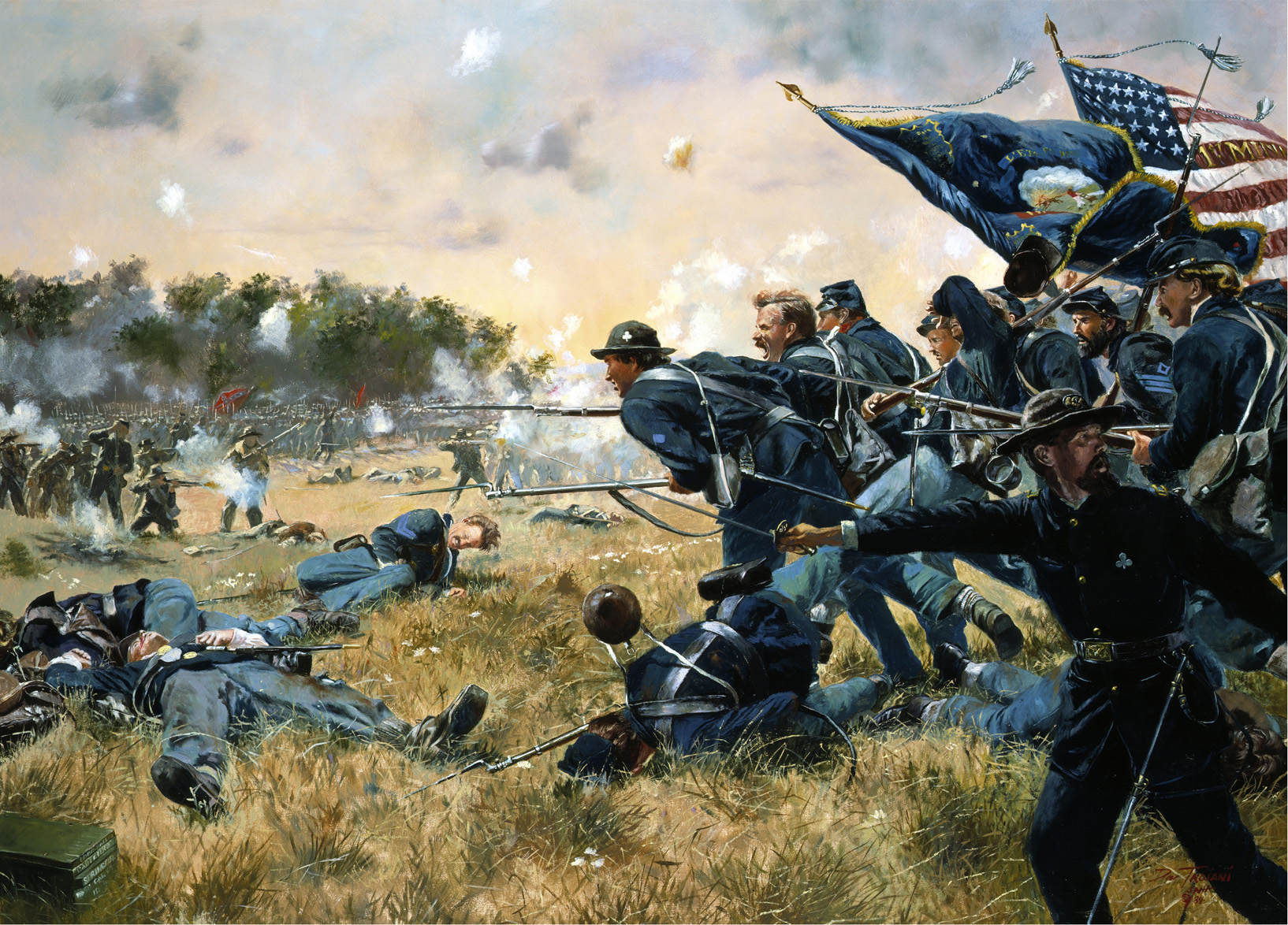 Two minutes before relief came from the New York 82nd, the colonel was wounded. He rolled into a gully where, he said, he “listened to the bullets zinging along the ground… and it grew dark and became quiet, the stars shining overhead.” He heard the sounds from the rebel line nearby.
Two minutes before relief came from the New York 82nd, the colonel was wounded. He rolled into a gully where, he said, he “listened to the bullets zinging along the ground… and it grew dark and became quiet, the stars shining overhead.” He heard the sounds from the rebel line nearby.
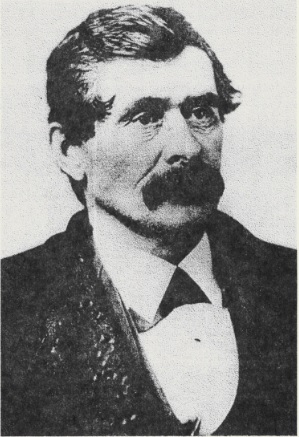 I think there’s a misconception that county historical societies are 100% and entirely focused on their small narrow pieces of local histories. And while, yes, we will chronicle the lives of our communities’ farmers, politicians, wives, and doctors…these men and women didn’t live in a vacuum.
I think there’s a misconception that county historical societies are 100% and entirely focused on their small narrow pieces of local histories. And while, yes, we will chronicle the lives of our communities’ farmers, politicians, wives, and doctors…these men and women didn’t live in a vacuum.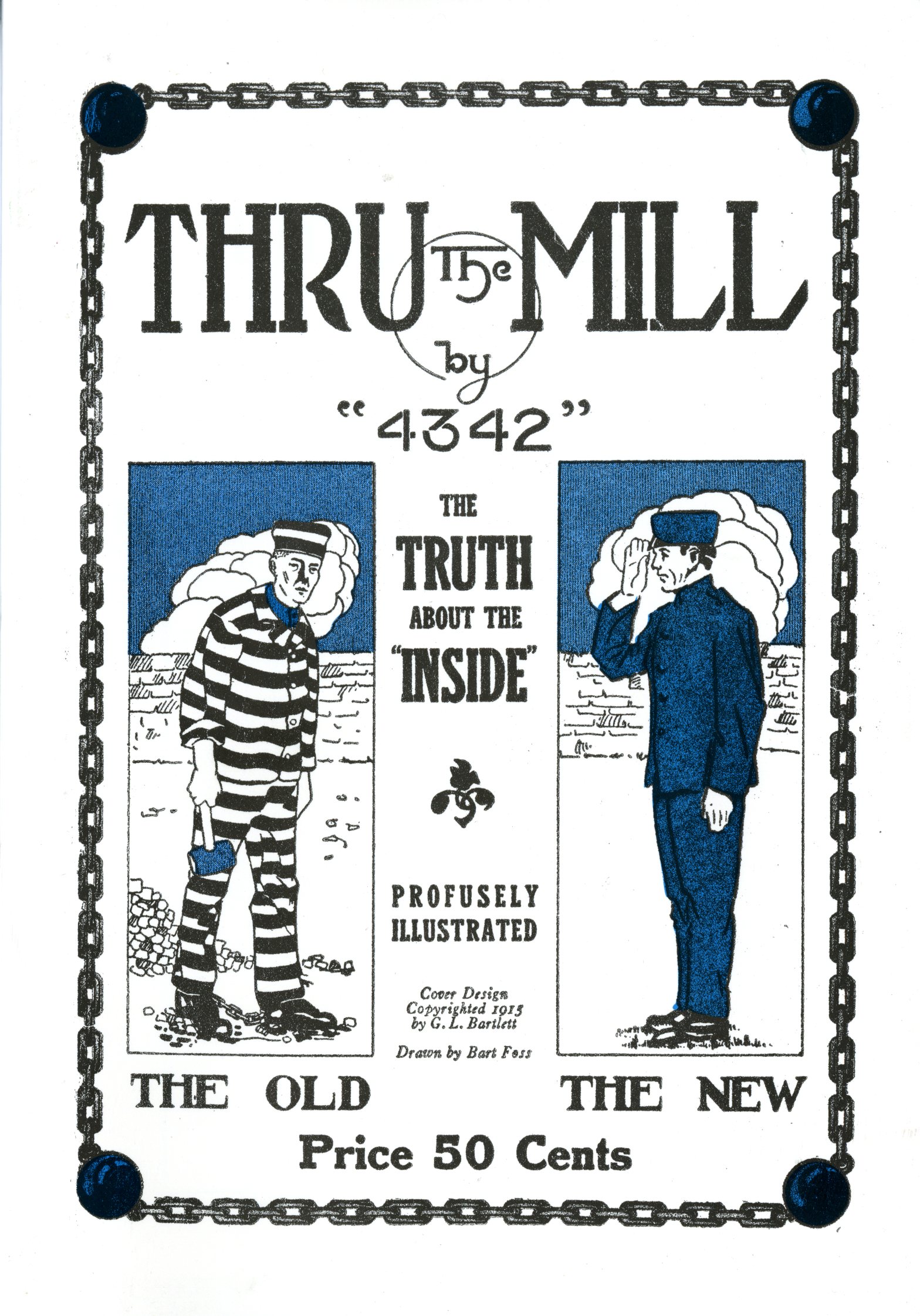 No changes have been made in these rules for a number of years, to my personal knowledge, as I have seen copies of them dated as far back as 1905, the same as these given here which are quotes from the 18th Biennial Report of the prison for 1913-1914 recently published.
No changes have been made in these rules for a number of years, to my personal knowledge, as I have seen copies of them dated as far back as 1905, the same as these given here which are quotes from the 18th Biennial Report of the prison for 1913-1914 recently published.